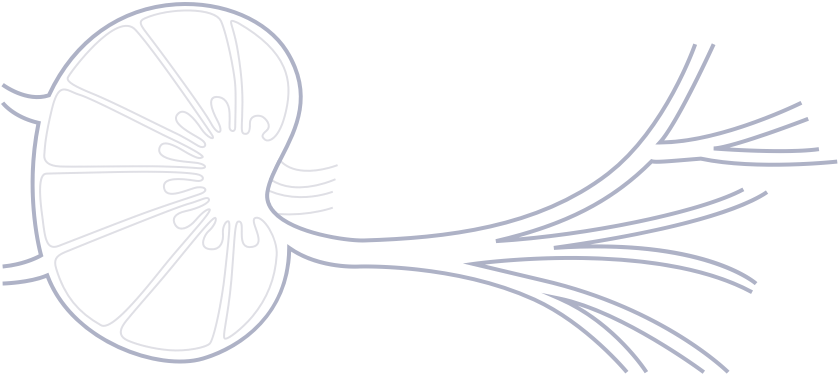Immune surveillance
As blood flows through vessels, it moves fluid through every tissue in the body. From the tissues, fluid is carried into lymph vessels that eventually return it to the blood. This flow allows the immune system to gather information about the state of the body, noting signs of disease that are carried into the lymph system.

Lymph nodes, positioned along lymph vessels, contain specialized antigen-presenting cells (APCs) that take up proteins and peptides (antigens) flowing through the lymph and present them to effector cells. When the APCs recognize signals indicating disease or damage, they "activate", causing effector cells to seek out and destroy the foreign antigen. Because this response adjusts to target specific antigens, we call it the adaptive immune system. This results in rapid clearance or systemic toxicity, which limits the efficacy of these immunogens.